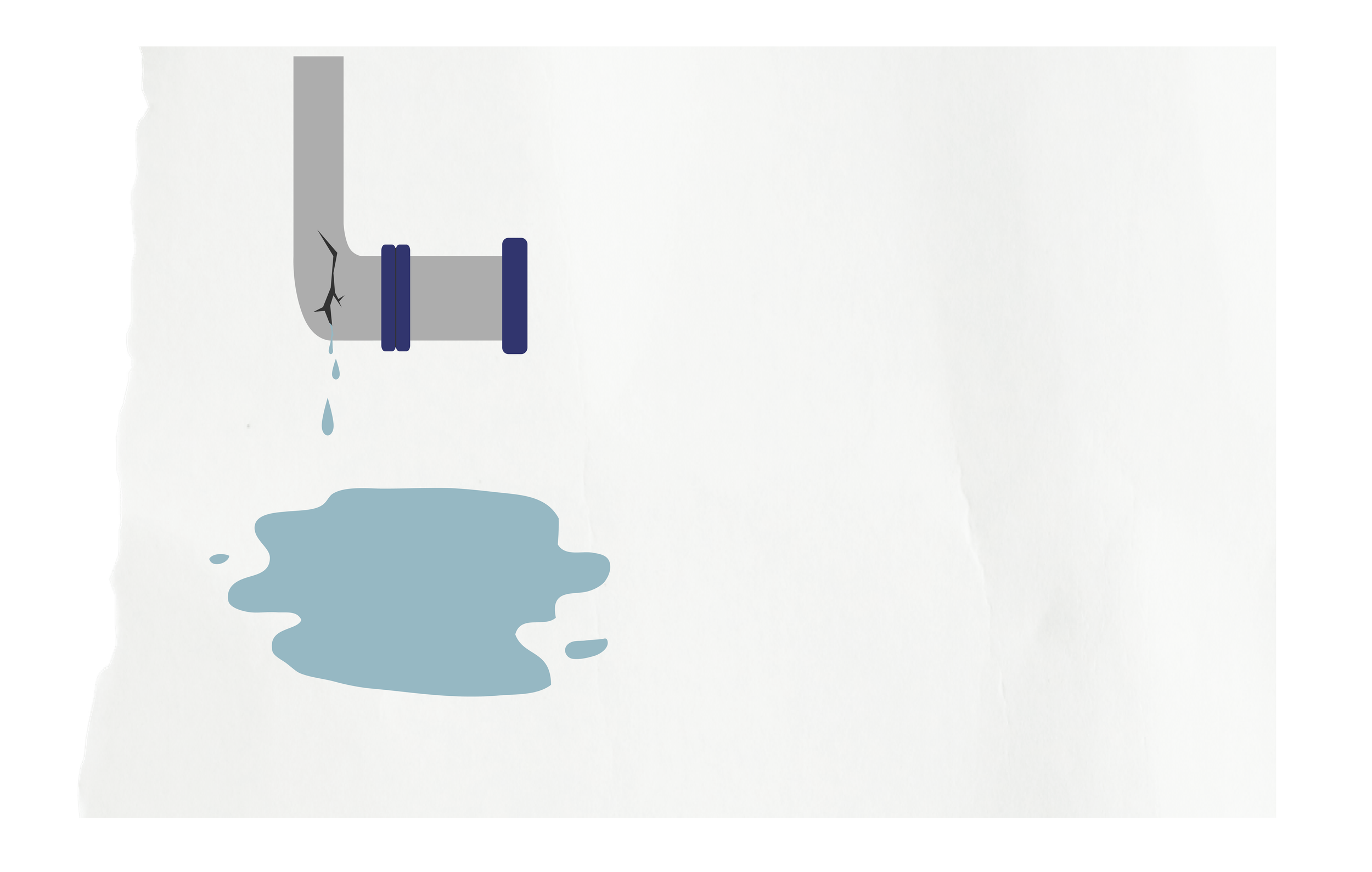WHAT IS MOLD?
Mold is a type of fungus that exists almost everywhere, indoors and out.
Mold is the visible growth you may see on walls, ceilings or other surfaces and can appear in black, green, white or brown patches. It is often fuzzy or slimy. This growth is made up of the colonies of mold that are actively growing and releasing spores. If disturbed, mold patches can release millions of spores at once, worsening air quality and increasing health risks.
MOLD SPORES
Mold spores are tiny, invisible particles that mold releases into the air to grow, much like many other plants. The spores float through the air until they land on a damp surface where they can grow into new mold colonies.
Mold spores are always present in the environment, both indoors and out and are often undetectable without testing, due to their small size.
MOLD FACTS
47% of homes in the U.S. contain mold.
18% of schools and 26% of hospitals have mold contamination.
Older buildings are more likely to develop mold.
Indoor humidity levels above 50% create an environment where mold thrives.
28% of the U.S. population are allergic or susceptible to mold-related illnesses.
There is no cure for mold allergies—the only solution is to reduce or eliminate the presence of mold.
The EPA has not established mold safety standards due to varying individual sensitivities.
COMMON SOURCES OF MOLD
Leaky pipes
Backed up drains
Standing water
Water seepage during rainstorms
Flood damage
Insufficient dryer venting
High humidity levels
Insufficient ventilation
WHAT CAUSES MOLD?
Mold doesn’t need much to grow into a problem, just the right conditions. It only needs two major things to grow – moisture & nutrients.
Within 24-48 hours of the right conditions, when mold finds moisture in homes, it will begin to grow and spread. It will frequently grow best in dark areas with warming temperatures (60°F–80°F) with poor ventilation. So it frequently grows in areas that are often out of sight: behind walls, ceilings, under flooring, under furniture, and even within HVAC systems.
Once mold starts growing, it becomes difficult to kill because when disturbed, millions of active spores are released, further spreading mold growth. This is why effective mold treatments must work to eliminate both the visible mold as well as the airborne spores to prevent regrowth.
HEALTH RISKS OF MOLD EXPOSURE
Respiratory Complications - mold spores can irritate the airways causing coughing, wheezing, shortness of breath and aggravation of asthma.
Allergic Reactions - common symptoms include sneezing, runny nose, itchy eyes, and skin irritation.
Toxic Mold Exposure - certain molds (e.g. black mold) can produce mycotoxins, which may lead to more severe health effects.
Sinus & Lung Infections - Prolonged exposure to mold spores can lead to chronic sinus infections and, in severe cases, lung infections like aspergillosis.
Eye and Skin Irritation - Direct contact with mold-contaminated surfaces and/or airborne spores may cause redness, itching and irritation.
Risks to the Immunocompromised - people with compromised immune systems (such as the elderly, infants, and those with weakened immune systems) may be more vulnerable to infections from mold exposure.








